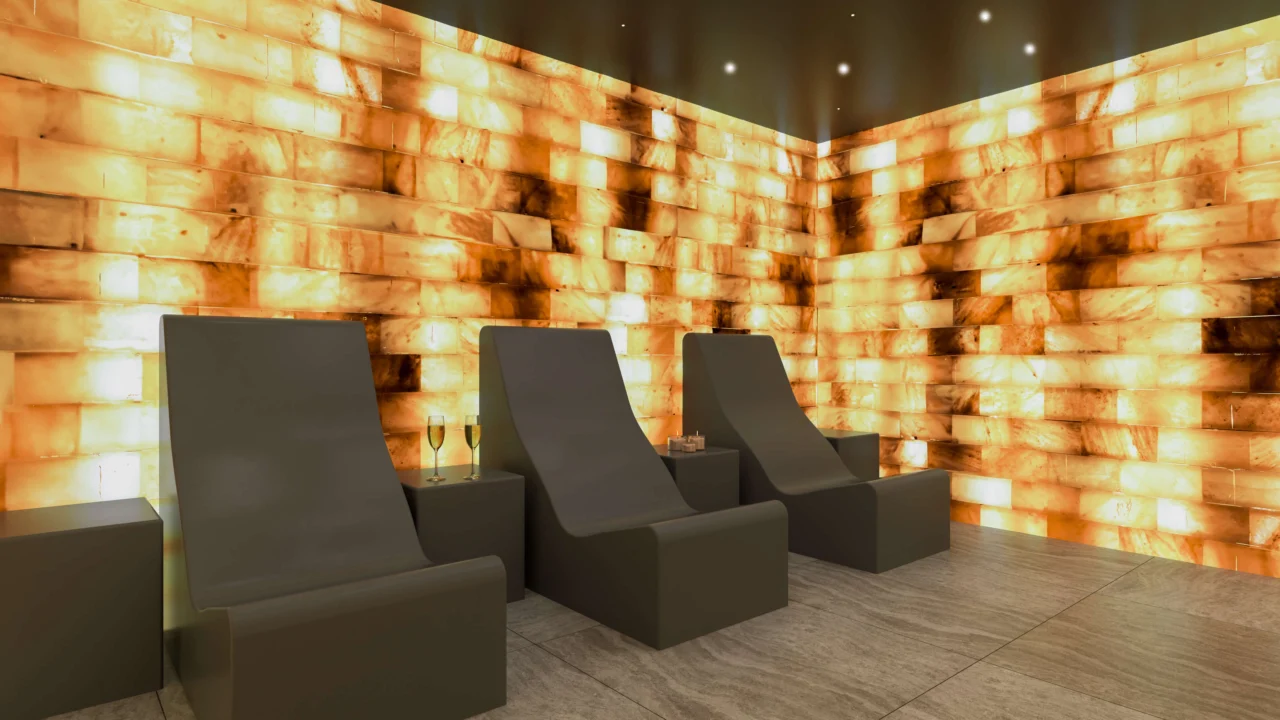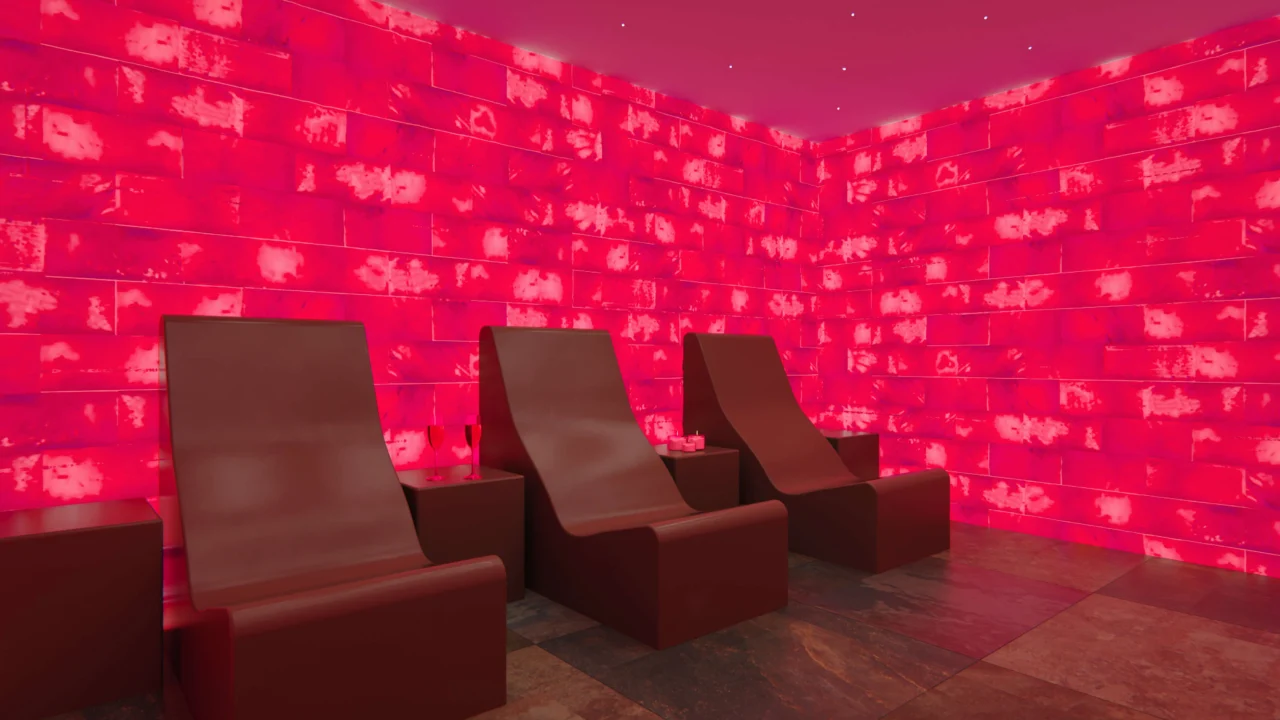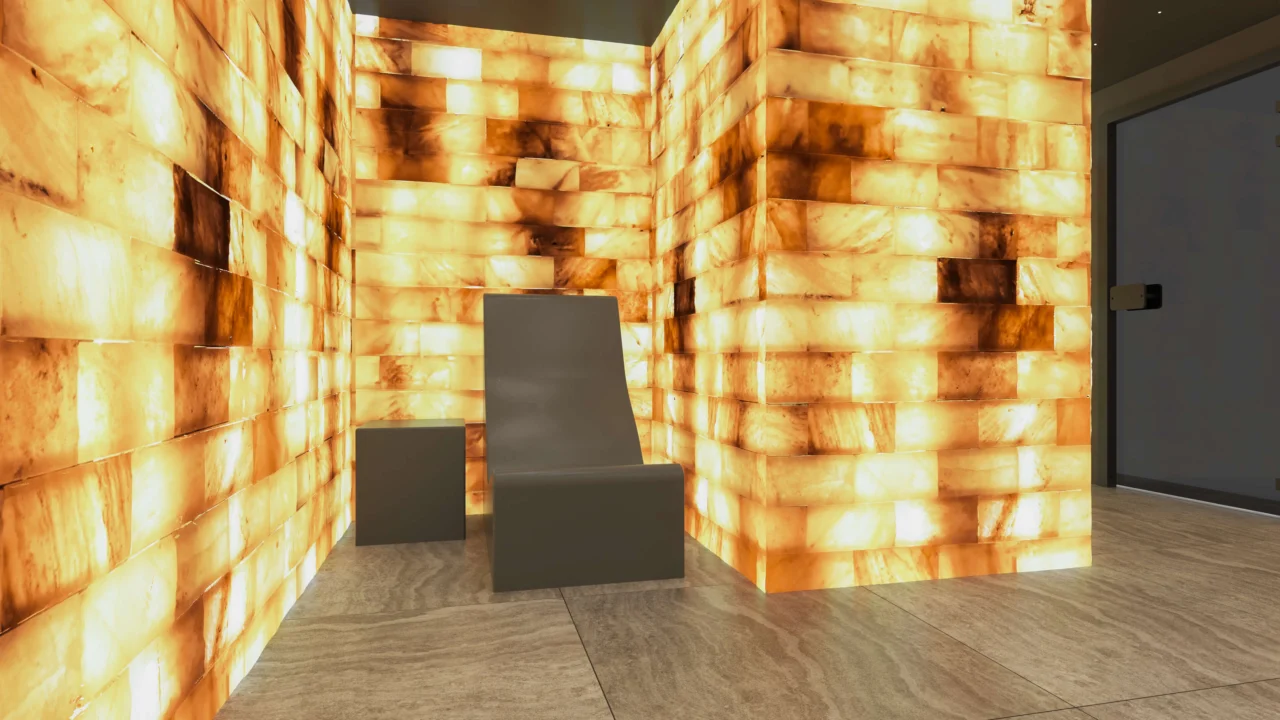Salt therapy has been around for centuries and is still relevant today; with good reason This activity can help improve lung health, depression and anxiety.
History of halotherapy
The first halotherapy device was developed in 1980 by the Odesa Science Research Institute. The machine (halogenerator) was designed for grinding and grinding salt and releasing the particles into the air to mimic an underground salt mine environment.
What is halotherapy?
Halotherapy, or salt therapy, is an activity that involves inhaling microscopic salt particles that are said to improve lung problems such as asthma, bronchitis and cough. There are two types of halotherapy chambers; active and passive.
Active salt room
This chamber uses a machine called a halogenerator. A halogenerator is a machine that grinds salt into microscopic particles and releases them into the air of a room. The salt particles are claimed to absorb irritants, including allergens and toxins, from the airways, improving overall lung health.
Passive salt chamber
Unlike active salt chambers, this chamber does not have a halogen generator. Instead, passive chambers are filled with various types of salt panels, such as Himalayan Salt Wall panels. These passive salt chambers are often designed to control the environment by regulating airflow, humidity and temperature to allow for an allergenic and polluting environment.
HEALTH BENEFITS
Unclogs airways
When you inhale dry salt particles deep into your lungs, your airways absorb them. This process cleanses the harmful particles that cause your airways to narrow and makes it easier to breathe. This is why doctors recommend halotherapy as a "bonus" for people who have asthma.
Cleans bacteria
Salt is a remarkable natural antibacterial, antimicrobial and antiviral agent. This is why it was used as a preservative in the past. When salt enters your lungs, it dehydrates bacteria; without water, bacteria cannot function properly and eventually die.
Great anti-inflammatory
Inflammation occurs when white blood cells try to protect the body from bacteria, infection or other foreign organisms. Salt is an excellent anti-inflammatory because it can clean toxins from your nasal cavities and airways, reducing swelling.
Improves the skin
Salt can help stabilize skin PH levels and improve skin regeneration and elasticity. In addition, halotherapy can help reduce skin conditions such as dermatitis, acne and rashes.
Reduces anxiety and depression
Inhaled microscopic salt particles flood the body with negative ions. Negative ions cause a biochemical reaction that increases the level of serotonin in the brain. Serotonin, known as the "feel-good chemical," is in charge of our mood. Higher levels of serotonin help alleviate depression and relieve stress and anxiety.
Disclaimer
Although halotherapy is considered safe and effective for preventive and restorative health care, it is not a medical treatment and does not offer a cure. You should consult your doctor about whether halotherapy is appropriate for you if you have fever, open wounds, cancer, severe high blood pressure, mental illness, active tuberculosis or if you are pregnant.
TECHNICAL INFORMATION
- Dimension Himalayan salt stones 200x100x50 mm
- The salt chambers are custom made to the customer's requirements
- Optional atomizer 230V (active or passive chamber)
- There should always be a venting, and supply of warm air in the room.
- LED color lighting behind the salt wall (230V)
- 100% Natural himalayan salt stones




